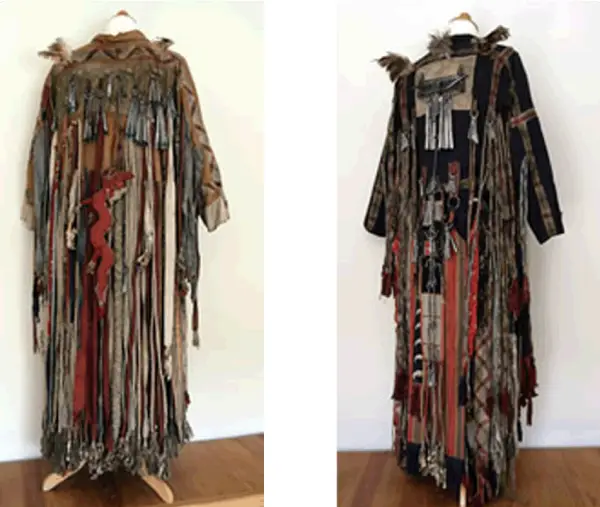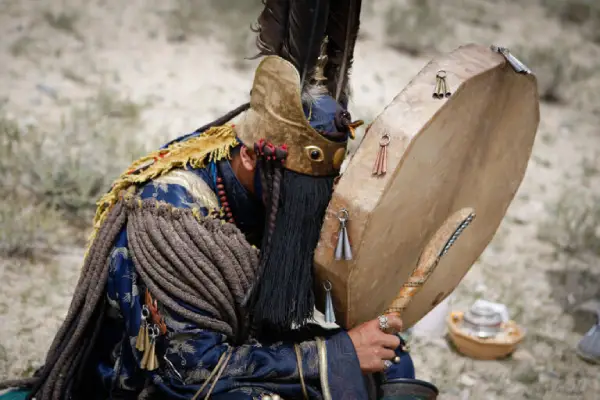Mongolian shamanism
The greatest cultural heritage of the nomadic tribes, which has survived since the beginning of the first state and ancient Huns, is the worship of the heavens or shamanism. the main idea of heaven worship is to understand, protect and love that the Blue Sky and Mother Earth are one, and to respect, enrich, and pass on the teachings of the Ancestors to future generations.
Interestingly, every one of Mongolian descent is born with a blue spot on their back, which gradually fades away during childhood. They are called Blue Mongols which symbolizes blue because of their worship of blue spots and the blue sky.
Since shamanism does not have any religious leaders or religious preaching, it has always exicted in harmony with other religious. A major manifestation of this is the tact that the great emperor Chinggis Khan’s great government law stated that everyone living in Mongolia could have any religious they want.
After a person’s death, the person’s mind lives on, and after many generations, it returns to its bloodline and becomes a spirit. A shaman is a person who connects spirits with the world we live in through his body. Shamans tap into vast reservoirs of intelligence by simultaneously perfoming the ritual in the past, future, and present and letting their spirits enter their bodies. The main power to create and keep this sacred bond strong is gained by being close to Mother Earth.
Shamans are required to have great concentration and purity of mind in order to bring down the spirits onto their bodies. Also, instruments such as jaw harp, horse fiddle, drum, whip, sword, knife, gold, silver and wooden bowls, mats, pipes, etc. are prepared from different materials, corresponding to the use of the spirit during his life.

Source: Ulaanbaatar City Toursm Department


teset
lllllll